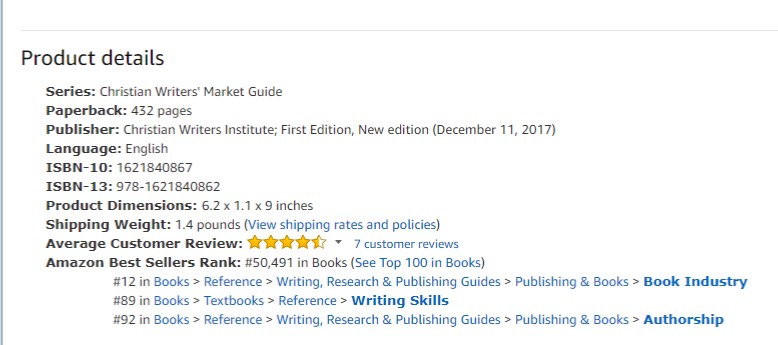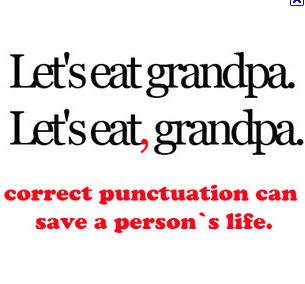Admit it. You’ve checked your Amazon.com sales ranking at least once since your book was published. You feel the need to have some outside confirmation of the sales of your book. And Amazon’s ranking are free to look at. It is one of the only public rankings available which adds to the need to look.
I’ve even seen book proposals where the author has gone to great lengths to include the Amazon ranking for each title that is competitive with the one the author is proposing. A prodigious amount of wasted effort.
I’ve known published authors who have gone into deep depression because their Amazon numbers aren’t very good. Others will mention that their rank jumped “by 10,000 this week!” suggesting they are tracking the numbers rather closely.
Consider for a moment how those rankings are calculated. Amazon is very secretive as to the exact formula (and some have gone to great lengths to figure it out) but consider looking at it as “the number of sales in a given period of time.” Much like the bestseller lists with USA Today and the New York Times, a book has to sell x number of copies to somehow “hit the list.”
TCK Publishing has created a site to help guess what the numbers mean. (Click here for the calculator.) In the screen shot example pictured at the top of this post (The Christian Writers Market Guide – 2018 Edition. Click on the picture to enlarge it.) the paperback (not ebook) sales rank of 50,491 equals 91 sales per month or 6 in one day. That is sort of close for the month of June, but I don’t think we sold six copies on Amazon yesterday…
I know of an author who thought that they could make the number jump by asking fans to wait until a specific day and have everyone buy the book from Amazon on that day. Over 100 fans participated. The result was a nice jump but it did not come close to cracking the top 100 sales ranking that day.
It is so fluid that it is hardly worth the obsession. Amazon is only one sales outlet out of hundreds. (Albeit it is a really big one.) It doesn’t reflect sales at the local grocery store, the airport, the independent retailer in your town, Barnes & Noble and other “big box” outlets like Walmart, Mardels, Costco, or even Hobby Lobby. In that light, consider Amazon as a single snapshot of a single moment from a single sales source.
In 2016 Brent Underwood wanted to see what it would take to become a #1 bestselling author on Amazon. He took a picture of his foot. He then converted that photo into a one page ebook with, you guessed it, a photo of his foot. He titled it Putting My Foot Down. He chose the two subject categories as “Transpersonal” under Psychology and “Freemasonry” under Social Sciences. Uploaded the ebook on Amazon. Then had three friends buy the book for 99 cents. Within hours he was a number one bestselling author. (Read the entire story here.)
The moral of that Brent Underwood story? Please avoid obsessing over your sales ranking!
To bring levity to the conversation, a husband and wife team created the following short video that is a hilarious send up on Amazon rank obsession. Make sure you watch past the credits:
[An earlier version of this article, now significantly revised and updated, was posted in January 2011.]









